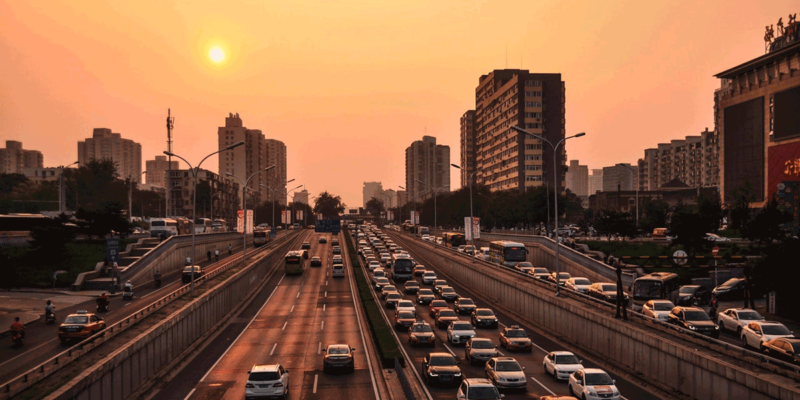Stuck in traffic? Frustrating as it may be from a subjective standpoint, there is also a domino effect happening beyond the bubble of your personal vehicle. With ripples on many levels, including personal, occupational, political, economic, social, technological, environmental and legislative consequences. Although historical measures to reduce congestion have targeted either a demand or supply focus, the immediate actions around congestion management play a vital role in reducing the impacts of congestion and associated costs to the community and beyond.

What is the true cost of congestion? In this article we discuss the domino effect that congestion has on our personal life, work and beyond. And how planning, reactive and adaptive measures around congestion can mitigate its magnitude, duration and cost.
What Causes Congestion?
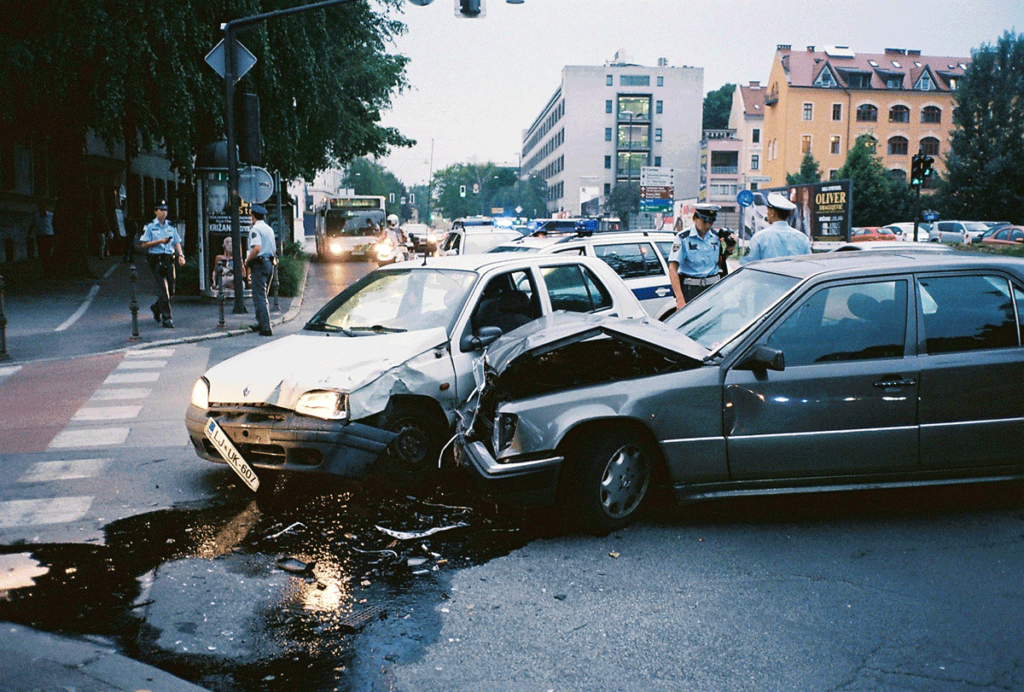
Breakdowns and accidents will always be an acute cause of congestion. However, rapid detection and traffic management can limit the magnitude and duration of its effects. This is where intelligent traffic systems play a critical role, whereby awareness is generated through systems such as automatic vehicle incident detection (AVID), communication is enabled through variable message signs, and traffic direction is articulated through Integrated Speed and Lane Use Signs (ISLUS). Together this can reduce the Emergency Vehicle Response Time (EVRT) and restore efficient traffic flow, easing congestion.
Bottlenecks or general traffic jams on the other hand can be caused by either too many cars on the road at a certain time and place or an inability for the road system to cope with the demands being placed upon it. In this respect, if the main arterial road is unable to cope with demand, then alternate routes will be sought my motorists. This in turn creates more traffic and pollution in local areas, affecting non-road users.
Regardless of the cause, as congestion manifests in the form of slowed traffic, delays on expected travel times or a complete standstill, a domino effect is occurring simultaneously that is estimated to result in a cost of $37 billion dollars by 2030. In consideration of this data, it is important to realise that for the most part the cost of congestion is worn by the economy and all rate payers, not just the actual road users.
Primary Consequences
Back to you in the car. At a primary level, each driver will feel varying degrees of stress and frustration due to congestion, costing time and money. Further, on an occupational level, like ripples in a pond, the effects of congestion gradually flow outwards to affect your entire business ecosystem. As illustrated in Figure 1, the immediate effect is on your time, then your personal work, your organisation’s productivity, your customers and your suppliers. Rippling down the supply chain and slowing economic transactions and productivity.

Secondary Consequences
But what else? When we consider secondary consequences of congestion, we can appreciate the importance of planning and management. To facilitate this appreciation we will use an adaptation to a PESTEL analysis of external factors.
Political

The political system bears a responsibility to the public to provide and maintain infrastructure for the benefit of the community and commerce. Whereby initiatives to provide transport efficiency and minimise congestion form an integral component of the state and federal Transport Minister’s portfolio. When congestion is deemed unaccceptable, restrictive or increasing, it will often result in pressure from the community and businesses to take action. Requiring allocation of funding from the economy.
Economic

On top of funding from the economy at large. The cost of congestion an estimated to reach $37 bn per year by 2030. Additionally, extended travel times and delays also decrease productivity, consequently also slowing the economy. Furthermore, wear and tear on roads is increased due to the higher frequency of braking in stop/start traffic.
Social

Loss of time in travel has a significant effect from a social perspective. With a large proportion of travel allocated to the journey to and from work and school. The more time in transit therefore means less time with your family or loved ones. Some have even identified congestion as a public health issue. With the frustration effect on a drivers psychological well-being, resulting in this frustration being taken out on others.
Social networks are also affected by congestion, with the possibility of hesitation to attend social events or gatherings occuring due to the amount of time required to facilitate that attendance. This then flows on to social venues such as restaurants and tourism, restricting the geographic capture of patrons to one of time over distance.
Technological
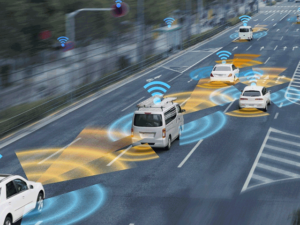
Notwithstanding the cost and problems it causes, on a positive note congestion inadvertently is also driving rapid technological change. Future inclusions that are appearing include autonomous vehicles, V2X, drones, mass vehicle propositions and hyperloops. Unfortunately, some studies around autonomous vehicles have shown that they may actually make congestion worse, as those who prefer not to drive now get ‘driven’.
Environmental

The first environmental effect that comes to mind when discussing congestion is pollution. In fact studies have shown that on average, traffic congestion causes three times as much pollution as free flowing traffic. Granted this is bad for the environment with increased CO2 and carbon monoxide entering our atmosphere. At the same time, as congestion often causes motorists to take alternate routes, localised pollution rises for non-road users in that area. Once again with the community wearing the cost of congestion rather than the motorist. This highlights the importance of keeping traffic moving on main arterial routes by managing traffic flow and directing lane changes with the use of Variable Message Signs (VMS) and Integrated Speed and Lane Use Signs (ISLUS).
Legislative
There have been many actions through legislation to reduce congestion. These include policies on time limited or zoned parking, tolls for congestion areas in peak times, cash-back schemes. Pollution in localised areas in London have brought the introduction of ultra low emission zones, where less eco-friendly vehicles pay a charge for entry into the area. Designed to encourage adoption of eco-friendly compliant vehicles.
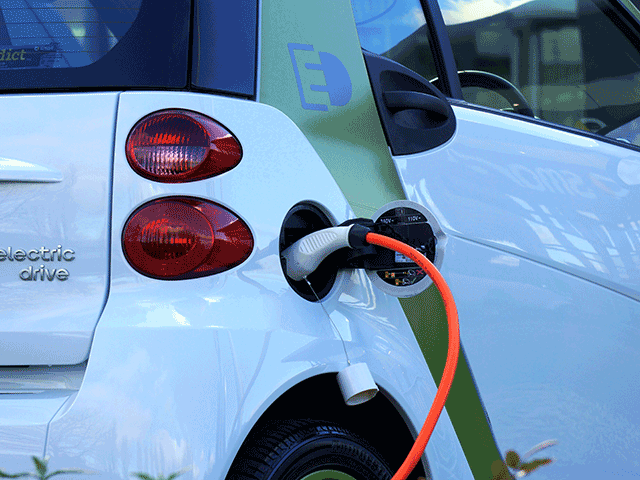
Reducing the effects of congestion by punishment in the form of charges for non eco-friendly vehicles is like taking a cold and flu tablet, easing the symptoms but barely affecting the cause. Congestion is getting worse and as the population increases so does the problem. Although technology in vehicles and road management is adapting to counteract, legislative change is required at the core to keep up supply with increased demand and future proof our road networks.
Both Sides of the Coin
Discussion on how to reduce congestion has primarily focused on either the demand or supply side of the debate. The demand side of the coin includes ways to influence a societal shift into using different modes of transport such as public transport, bicycles and walking. Also behavioural and occupational variations that include locality to workplace and working remotely. Whereas the supply side focuses on having enough road infrastructure including motorways, lanes and overall capacity to cope with an ever increasing demand from a consistently growing population.
The Edge of the Coin – Congestion Management

Prevention is one thing, however management of congestion once it occurs is another. This is the realm of traffic management systems. An interconnected array of sensors, signs and procedures to keep traffic moving by managing both the incident and the approaching traffic. As previously mentioned, keeping traffic flowing on main arterial roads and motorways will prevent the occurrence of localised pollution and its effects on non-road users. In appreciating this acute management approach we can consider how we plan, react and adapt to the occurrence of congestion.
Planning Measures
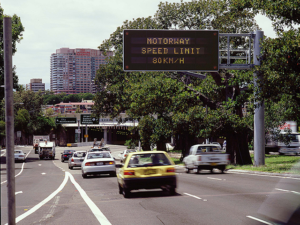
To ensure traffic management systems are prepared for the occurrence of congestion, traffic engineers will integrate measures into the design of the roadway to include emergency access, detour capability and an Intelligent Traffic System. This may include a range of sensors and signage, placed at strategic intervals along the roadway, ready to be initiated should congestion or incident occur.
Reactive Measures
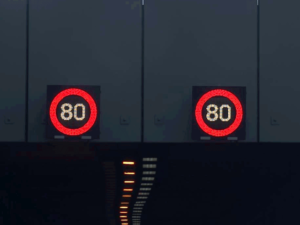
As congestion or an incident occurs, the integrated assets of the Intelligent Traffic System come into play. Creating a symphony of awareness, advisory and direction to motorists to ensure traffic flow is maintained to a safe level, whilst emergency response is enabled. This may include Integrated Speed and Lane Use Signs (ISLUS) to facilitate the merging and slowing of traffic and Variable Message Signs (VMS) that inform motorists and recommend alternate routes if required.
Adaptive Measures

Taking it to the next level, Automatic Incident Detection (AID) systems may be employed to expediate rectification actions. In turn reducing Emergency Vehicle Response Times (EVRT), clearing an accident or obstruction as quickly as possible. Alongside the adaptive capacity of Intelligent Traffic Management Systems like Acyclica, that use predetermined algorithms to manage congestion and restore efficient traffic flow.
Over the Horizon
Interruptions will happen and congestion will occur from time to time. However, it is important that the systems and processes are in place to mitigate the magnitude and duration of interruptions. Technology like V2X is already being rolled out in our road infrastructure, setting up a vehicle safety matrix that uses technology to ease congestion, create efficiency, reduce accidents and improve safety. In time, advances in technology and communication will allow new strategies of congestion management to appear. For now, how we plan for, react to and adapt to congestion will ultimately reduce its overall impact, in which we all play a part, be that government, traffic management agencies and you.

